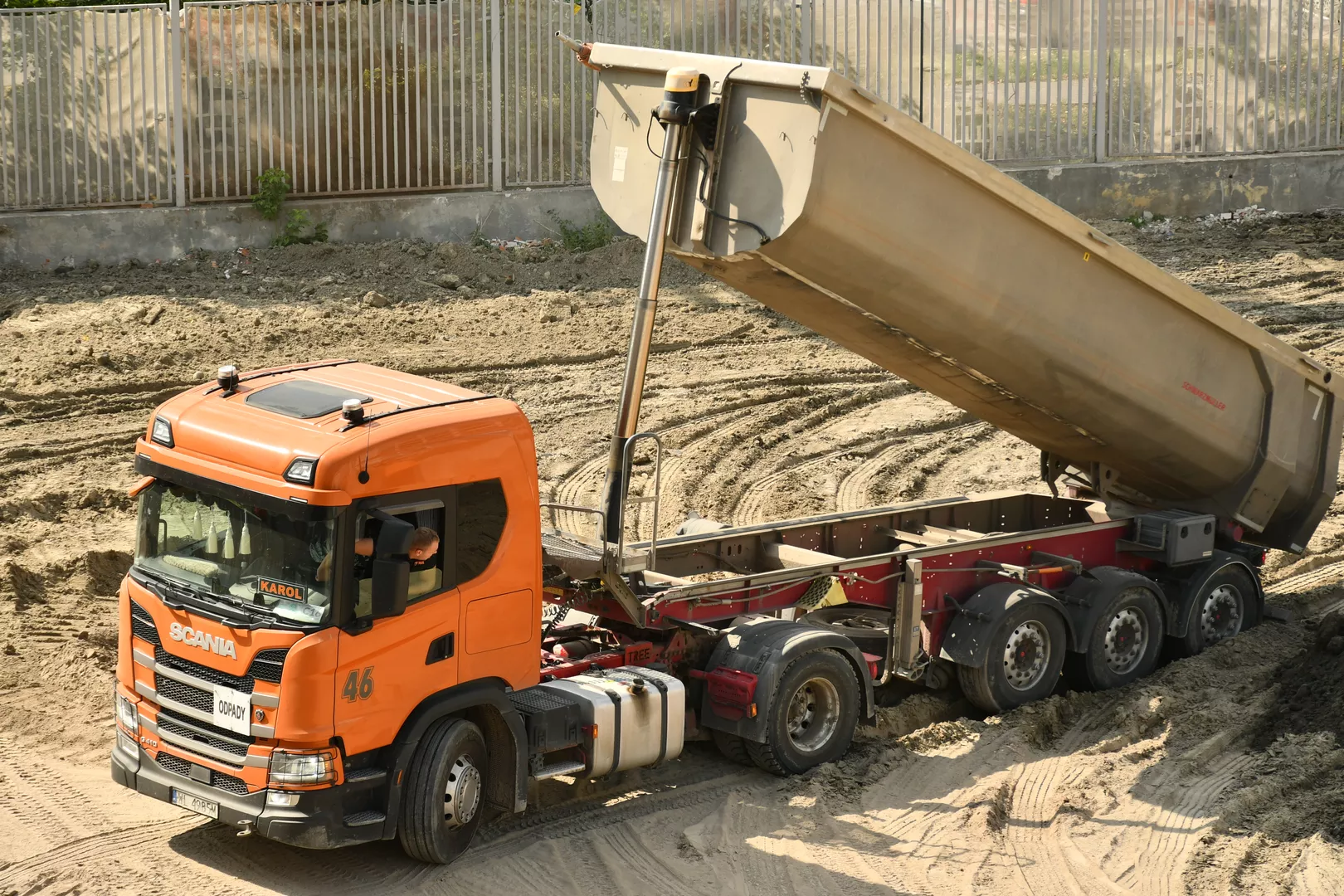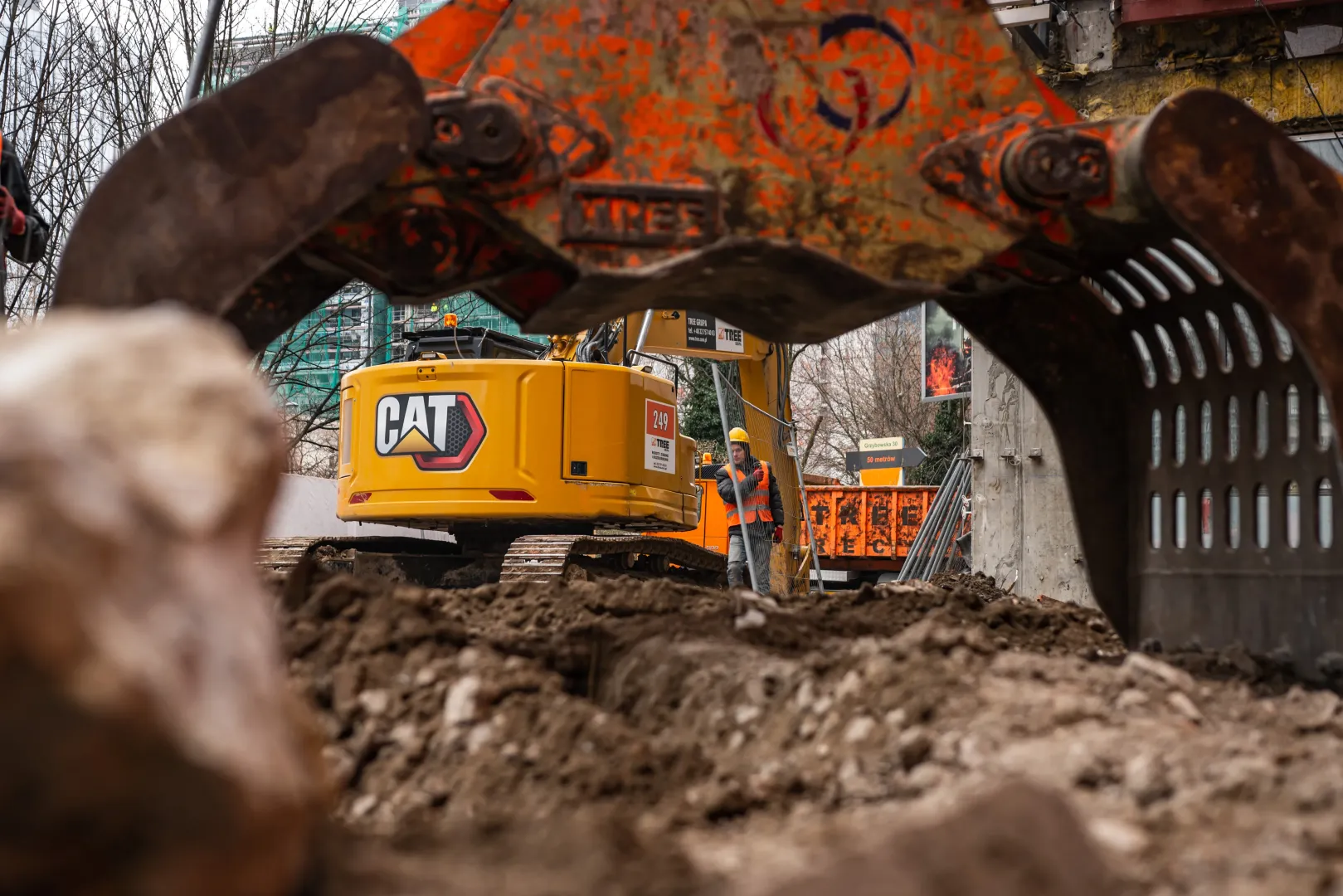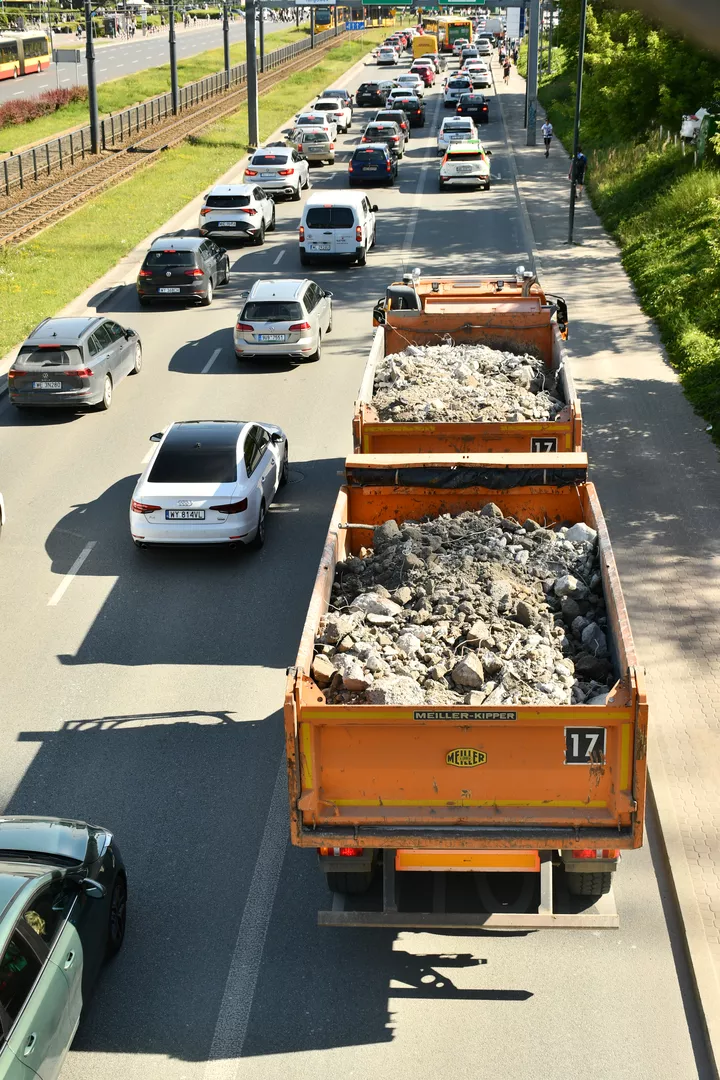
Recycling reinforcing steel from demolished buildings in Warsaw
Practical guide to reinforcing steel recovery from building demolition. Learn separation technologies, legal requirements and economic benefits of steel bar recycling in Warsaw context.
Recycling reinforcing steel from demolished buildings in Warsaw
Warsaw, as a dynamically developing city, is undergoing intensive urban transformation. Demolishing old residential, office and industrial buildings creates enormous opportunities for recovering valuable building materials, especially reinforcing steel. In 2025, in accordance with new EU regulations, segregation and recycling of building materials became not only an economic issue, but a legal obligation.
Current legal regulations for steel recycling in 2025
Since January 1, 2025, segregation of construction waste at source has been mandatory. According to new regulations, contractors engaged in demolition must segregate waste at the construction site in the following categories:
- Metals (including reinforcing steel) - waste code 17 04 05
- Mineral raw materials (concrete, brick) - waste code 17 01 01
- Wood, glass, plastics
- Hazardous materials (asbestos, paints containing heavy metals)
Important: Mixed construction waste (code 17 09 04) cannot contain recyclable materials. Violation of these regulations is punishable by financial penalties up to PLN 500,000.
Identification of reinforcing steel at demolition sites
Types of steel found in Warsaw buildings:
Buildings from 1950-1980:
- Class A-I steel (St3SX) - smooth bars, diameter 6-40mm
- Class A-II steel (18G2) - ribbed bars with two longitudinal ribs
Buildings after 1990:
- BSt500S steel (A-IIIN) - modern ribbed bars with "herringbone" pattern
- B500SP steel - weldable reinforcing steel with increased strength
Steel quality recognition:
- Color markings - check bar ends
- Surface pattern - ribbing characteristic for class
- Diameter - actual vs. nominal cross-section measurement
- Corrosion state - assessment of surface rust degree
Reinforcing steel separation technologies
1. Magnetic separation
Most popular method utilizing ferromagnetic properties of steel:
- Overband separators - mounted over conveyors
- Drum separators - for fine-grained materials
- Eddy current separators - for removing non-ferrous metals
Efficiency: 95-98% steel recovery from material mixture
2. Density separation
Utilizing material density differences (steel: 7.85 g/cm³ vs concrete: 2.4 g/cm³):
- Air separators - for lighter fractions
- Water separators - wet method using density differences
3. Advanced technologies
Optical separation - color and shape analysis by AI cameras Inductive separation - metal detection by inductive sensors X-ray separation - chemical composition material identification
Steel preparation for recycling
Stage 1: Mechanical cleaning
- Concrete removal - pneumatic hammers, hydraulic cutters
- Rust cleaning - brushing, sandblasting (optional)
- Bar straightening - for higher value material
Stage 2: Sorting by criteria
Steel class:
- A-I/A-II - purchase price: 650-700 PLN/ton
- A-III/BSt500S - purchase price: 700-750 PLN/ton
Thickness:
- Thin steel (up to 6mm) - 0.65 PLN/kg
- Thick steel (above 6mm) - 0.75 PLN/kg
Bar length:
- Long (above 1m) - full value
- Short (below 1m) - 10-15% reduction
Stage 3: Packaging and storage
- Bundle binding - transport facilitation
- Corrosion protection - storage in dry places
- Documentation - quality certificates, weights, material origin
Economic benefits of recycling
Savings for investor:
Disposal cost reduction:
- Standard disposal cost: 120-180 PLN/ton
- Sales revenue: 650-750 PLN/ton
- Total benefit: 770-930 PLN/ton
Practical example: Demolition of 5-story residential building (1000m² area):
- Estimated steel amount: 15-20 tons
- Sales revenue: 11,250 - 18,750 PLN
- Disposal savings: 2,400 - 4,500 PLN
- Total benefit: 13,650 - 23,250 PLN
Environmental benefits:
- Energy savings: 74% less energy than primary production
- CO₂ emission reduction: 1.5 tons CO₂ per ton of recycled steel
- Raw material savings: each ton of steel saves 1.4 tons of iron ore
Best reinforcing steel buyers in Warsaw
Scrap collection centers - TOP 3:
Green Recycling (Pruszków)
- Prices: thick steel 0.75 PLN/kg, thin 0.65 PLN/kg
- Free collection above 2 tons
Skup Metali Warszawa (Wawer)
- Specialization in construction steel
- Own transport up to 25 tons
IPHGZ Partner (Bemowo)
- Certified collection compliant with ISO 14001
- Highest prices for sorted steel
Steel mills and processing centers:
- ArcelorMittal Warsaw - wholesale collection above 50 tons
- Konsorcjum Stali S.A. - specialization in reinforcing steel
- Zbrostal - purchases steel for own production
Documentation requirements and certification
Documents required for sale:
- Waste characteristic card - classification according to codes
- Origin documents - confirmation of legal source
- Quality certificates - chemical composition analysis (optional)
- Weighing protocols - quantitative documentation
Quality procedures:
- Sampling - representative samples for analysis
- Magnetic testing - iron content confirmation
- Chemical composition analysis - for high-quality material
Common mistakes and how to avoid them
Incorrect sorting:
❌ Mixing different steel classes - 20-30% price reduction ✅ Correct: segregation by thickness and class
❌ Concrete contamination - concrete left on bars ✅ Correct: mechanical cleaning before sale
❌ Wrong length - bars too short or too long ✅ Correct: optimal length 1-6 meters
Procedural errors:
❌ Lack of documentation - problems during environmental inspections ✅ Correct: complete origin documentation
❌ Improper storage - exposure to additional corrosion ✅ Correct: dry, ventilated storage place
Trends and development perspectives
Technological innovations 2025:
- Artificial intelligence in sorting - automation of separation process
- Blockchain in documentation - material origin tracking
- Robotization - automatic cutting and packaging systems
Expected legal changes:
- Increased recycling targets - up to 85% by 2030
- Extended producer responsibility - new environmental fees
- Process digitization - electronic waste documentation
Summary
Recycling reinforcing steel from demolished Warsaw buildings is not only a legal obligation, but a significant economic opportunity. With the right approach, benefits of 700-900 PLN per ton of recovered steel can be achieved. The key to success is proper segregation, application of appropriate separation technologies and cooperation with certified buyers.
Investment in professional recycling systems pays off with the first major projects, and environmental benefits contribute to building a positive image of the company as environmentally responsible.
Bibliography
Polish Union of Steel Distributors (PUDS). Current reinforcing steel prices in Poland - weekly report. May 2025.
Industrial and Commercial Chamber of Scrap Management (IPHGZ). Steel recycling in Poland - current state and perspectives. Warsaw 2025.
European Commission. Directive on construction waste - implementation guidelines. Brussels 2024.
Ministry of Climate and Environment. Regulation on construction waste segregation. Official Journal 2024 item 1847.
Bank of Environmental Protection. New waste segregation regulations 2025. Legal and economic analysis. Warsaw 2024.
Voivodeship Environmental Protection Inspectorate in Warsaw. Change of regulations regarding waste segregation from January 1, 2025.
World Steel Association. Global Steel Recycling Report 2024. Brussels 2024.
Building Research Institute. Recycling of steel used in construction. Warsaw 2023.
Green Recycling Sp. z o.o. Steel scrap purchase price list - as of May 2025. Pruszków 2025.
Center for Research and Development of Technologies for Industry. Green steel industry technologies. Annual report 2024.
Tags
Share this guide
About the author
mgr inż. Piotr Kowalczyk
Construction Materials Recycling Specialist at Tree Group
Category
Material Recycling
Reading time
12 minutes
Publication date
May 23, 2025
Similar guides

Construction Materials Recycling - Comprehensive Guide for Professionals
A comprehensive guide to best practices in construction materials recycling. Learn about the process from on-site segreg...

Concrete Recycling from Demolition - Procedures and Economic Benefits
Concrete recycling from demolition is an ecological and economical way to reuse materials. Learn step-by-step procedures...